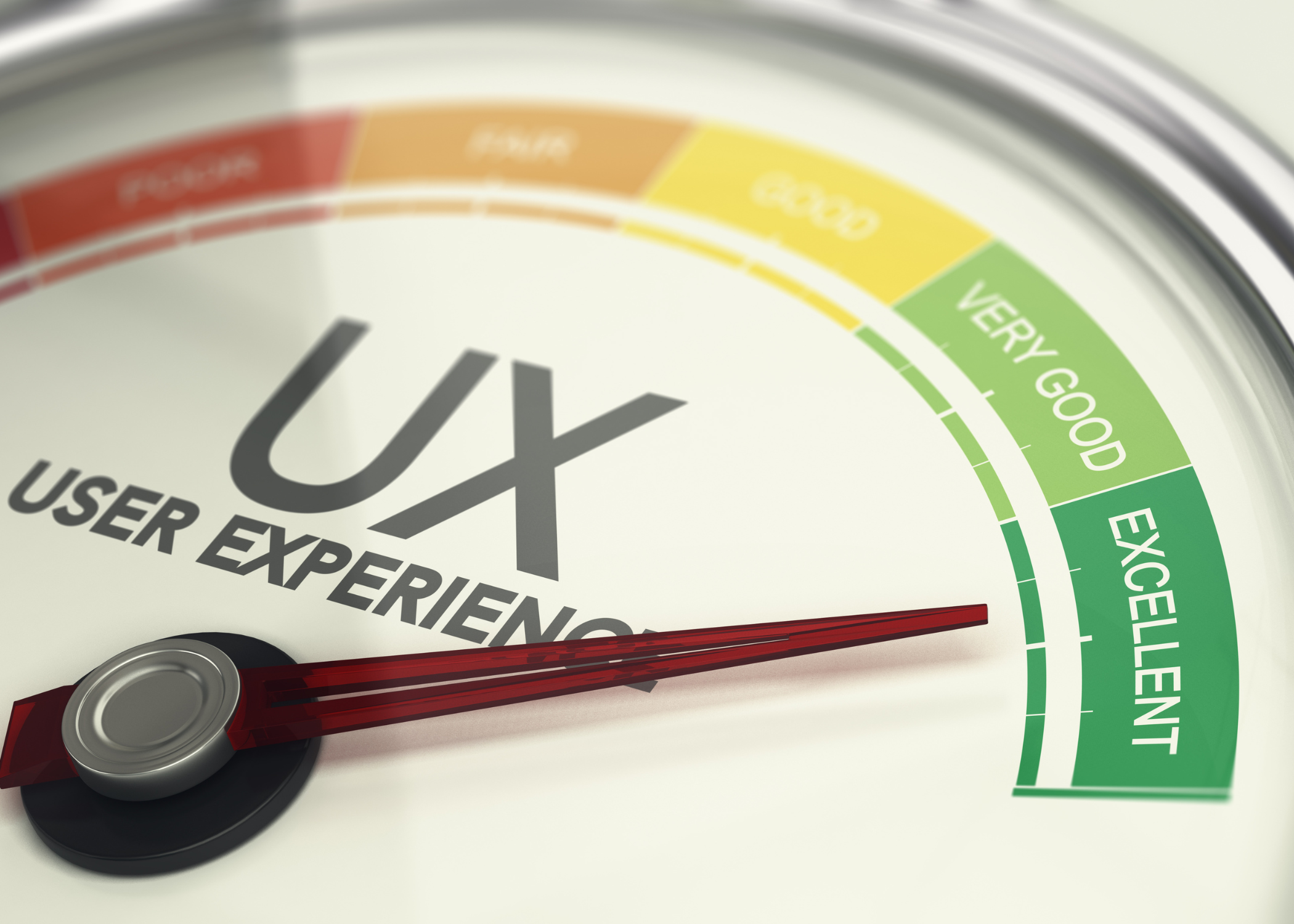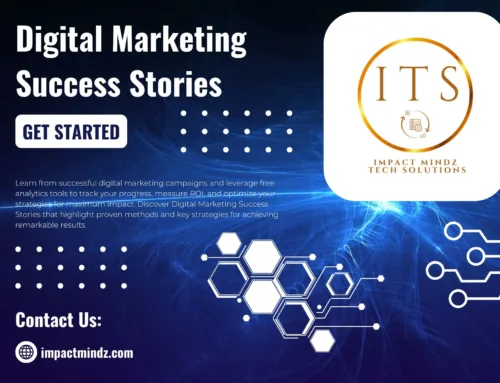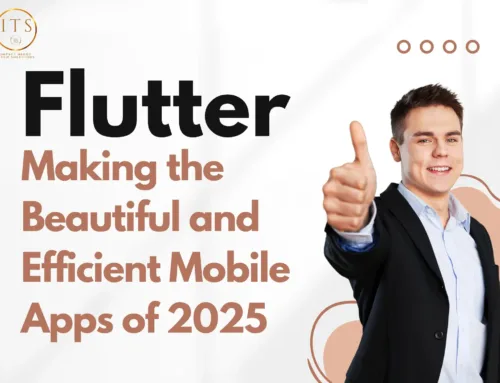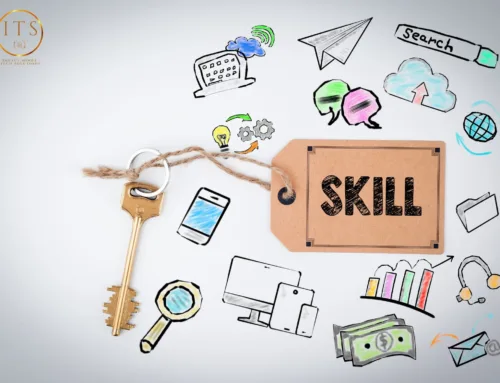Have you ever gotten so frustrated navigating a website that you just gave up and went somewhere else? Or you downloaded a promising app, only to find it confusing and difficult to use. These are all examples of products lacking in UX design.
In today’s fiercely competitive digital landscape, user experience (UX) can be the difference between a thriving online presence and a forgotten corner of the internet. It’s the invisible force that shapes how users interact with your brand, product, or service. A well-crafted UX design transforms frustrating interfaces into intuitive journeys, keeping customers engaged, satisfied, and coming back for more.
But what exactly is UX design? Let’s delve deeper and explore the fascinating world of user experience.

Demystifying UX Design: From Theory to Practice
Think of UX design as the bridge between your business goals and user needs. It’s the art and science of crafting digital experiences that are not only usable (easy to navigate and accomplish tasks) but also desirable (aesthetically pleasing, engaging, and emotionally resonant).
The UX Design Process: A Step-by-Step Guide
While UX design tutorials online can offer valuable insights, let’s explore a more comprehensive breakdown of the typical UX design process:
1. Understanding the User: Empathy is Key
The foundation of any successful UX design project lies in understanding your target audience. This phase involves in-depth research and user analysis to identify their needs, pain points, expectations, and behavior patterns.
User Research Methods:
interviews: Conducting one-on-one conversations with potential users allows you to gather qualitative data about their experiences, goals, and frustrations.
surveys: Distributing surveys with targeted questions helps you gather quantitative data on user demographics, preferences, and behaviors from a larger pool of potential customers.
User testing: Observing users interact with existing products or prototypes provides valuable insights into usability issues and user behavior patterns.
Creating User Personas: Based on the research findings, UX designers develop user personas. These are fictional representations of your target audience, capturing their demographics, goals, behaviors, and pain points. User personas serve as a constant reminder of who you’re designing for throughout the entire process.
2. Information Architecture: Building a Clear Roadmap
Now that you understand your users, it’s time to create a blueprint for your website or app. Information architecture (IA) focuses on organizing the content and functionality of your product in a logical and user-friendly way.
Sitemaps: A sitemap is a visual representation of your website or app’s structure, showing how different pages and sections are connected. It helps users understand the overall navigation and locate the information they need quickly.
User Flows: User flows map out the steps a user might take to complete a specific task on your website or app. This helps identify potential roadblocks and optimize the user journey for maximum efficiency.
3. Wireframing and Prototyping: Bringing Ideas to Life
With the information architecture in place, it’s time to start visualizing the user interface (UI). However, before investing in high-fidelity mockups, designers create low-fidelity wireframes and prototypes.
Wireframes: These are essentially low-detail sketches of the website or app’s layout, focusing on the basic structure and functionality rather than visuals. Wireframes allow for rapid iteration and testing of different design concepts without getting bogged down in aesthetics.
Prototypes: Prototypes are interactive versions of the wireframes, allowing users to experience user flows and test the functionality of the design. Prototypes can range from low-fidelity, paper-based versions to more high-fidelity digital prototypes.
4. Visual Design: The Art of Making it Beautiful and Usable
While usability is paramount, a visually appealing interface can significantly enhance the user experience. This is where the importance of visual design comes in.
UI Design: User interface (UI) design focuses on the visual components of the product, such as layout, typography, color palettes, imagery, and button placement. A skilled UI designer ensures that the interface is not only aesthetically pleasing but also intuitively clear and functional.
Branding Integration: UI design doesn’t exist in a vacuum. It should be seamlessly integrated with your brand identity, reinforcing brand recognition and fostering emotional connections with users.

5. Usability Testing: Refining the Experience
No UX design project is complete without rigorous usability testing. This involves observing real users interact with prototypes or early versions of the final product. Their feedback helps identify usability issues and refine the design for optimal user experience.
The Rewards of Investing in UX Design
The benefits of investing in design extend far beyond creating aesthetically pleasing interfaces. A well-crafted UX design can significantly improve your bottom line and establish a loyal customer base. Here are several crucial benefits to consider:
Increased User Engagement: Intuitive and user-friendly interfaces keep users engaged, encouraging them to explore different features, spend more time on your website or app, and ultimately convert into paying customers.
Improved Conversion Rates: By streamlining the user journey and eliminating frustrating roadblocks, design can significantly increase conversion rates, whether your goal is driving sales, signups, or downloads.
Improved Brand Reputation: A positive user experience builds trust and loyalty. When users find interacting with your brand effortless and enjoyable, they’re more likely to become brand advocates, spreading positive word-of-mouth recommendations.
Lower Development Costs: Detecting and resolving usability issues early in the design process through UX testing can prevent expensive revisions later in development.
Boosted Search Engine Optimization (SEO): Search engines favor websites that offer a positive user experience. By making your website easy to navigate and use, UX design can indirectly improve your organic search ranking.
Increased Customer Lifetime Value (CLTV): Creating a positive user experience fosters customer loyalty, encouraging them to return for repeat purchases and engage with your brand for a longer period.
UX Design: It’s Not Just About Websites and Apps
The principles of UX design go beyond the digital world. It’s a valuable approach that can be applied to various aspects of your business:
Product Design: Whether you’re developing a physical product or a software application, design principles can guide you in creating user-centered products that are intuitive, functional, and meet user needs effectively.
Service Design: UX design can optimize the delivery of your services, ensuring a smooth and seamless experience for your customers throughout their interaction with your brand.
Content Strategy: By understanding your audience’s needs and preferences, design principles can inform your content strategy, ensuring your content is not only informative but also engaging and readily accessible to your target audience.
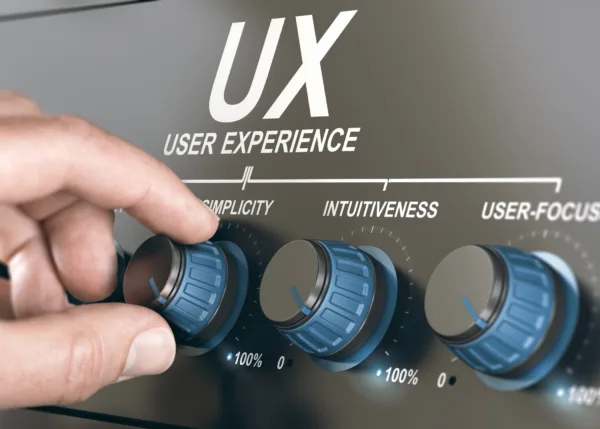
The Ever-Evolving Landscape of UX Design
The field of UX design is constantly evolving as technology and user behavior patterns change. Here are a few important trends to keep an eye on:
The Rise of Voice User Interfaces (VUIs): As voice assistants like Alexa and Siri become increasingly popular, design needs to adapt to accommodate voice-based interactions.
The Focus on User Accessibility: Creating inclusive experiences that cater to users with disabilities is a growing priority in design.
The Integration of Artificial Intelligence (AI): AI is finding its way into design, with applications such as chatbots and personalized recommendations.
The Importance of User Emotion: Going beyond functionality, design is placing greater emphasis on understanding and catering to user emotions to create positive and memorable experiences.
Ready to Harness the Power of UX Design?
At Impact Mindz Tech Solutions, we understand the transformative power of UX design. Our team of experienced and passionate designers is dedicated to crafting user experiences that are not only intuitive and functional but also visually appealing and emotionally engaging. We partner with you to understand your specific needs and goals, and then leverage our expertise to create digital experiences that resonate with your target audience and drive results.
Want to learn more about how UX design can elevate your brand and boost your business? Contact us today for a free consultation!
Impact Mindz Tech Solutions Contact: https://impactmindz.com/contact/
Looking to delve deeper into the world of UX design? The internet offers a wealth of UX design learning resources. From comprehensive online courses to free tutorials and articles, there’s something for everyone. Remember, investing in UX design is an investment in your customer relationships and ultimately, the success of your business.

